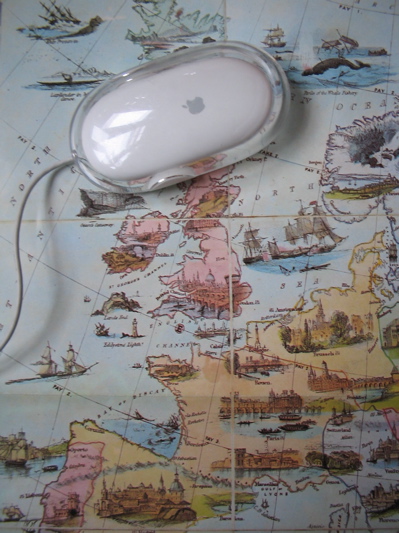A magazine where the digital world meets the real world.
On the web
- Home
- Browse by date
- Browse by topic
- Enter the maze
- Follow our blog
- Follow us on Twitter
- Resources for teachers
- Subscribe
In print
What is cs4fn?
- About us
- Contact us
- Partners
- Privacy and cookies
- Copyright and contributions
- Links to other fun sites
- Complete our questionnaire, give us feedback
Search:
A puzzle, spies ... and a beheading (3)

Mary Queen of Scots
The girls face a similar problem to that faced by Mary Queen of Scots and countless spies and businesses with secrets to exchange before and since...how to stop people intercepting and reading your messages. Mary was beheaded because she wasn't good enough at it. The girls in the puzzle discovered, just like Mary, that weak encryption is worse than no encryption as it gives false confidence that messages are secret.
There are two ways to make messages secret - hide them so no one realizes there is a message to read or disguise the message so only people in the know, are aware it exists...or both. Hiding the message is called Steganography. Disguising a message so it cannot be read even if known about is called encryption. Mary Queen of Scotts did both and ultimately lost her life because her encryption was easy to crack, but believing the encryption would protect her, it had given her the confidence to write things she otherwise would not have written. [mousemap image] House arrest. Mary had been locked up - effectively under house arrest - for 18 years by Queen Elizabeth I, despite being captured only because she came to England seeking refuge from her cousin Elizabeth after losing her Scottish crown. Elizabeth was worried that Mary and her allies would try to overthrow her and claim the English crown if given the chance. Better to lock her up before she even thinks of treason? Towards the end of her imprisonment, in 1586 some of Mary's supporters were in fact plotting to free her and assassinate Elizabeth. Unfortunately they had no way of contacting Mary as letters were allowed neither in nor out by her jailors. Then a stroke of good fortune arose. A young priest called Gilbert Gifford turned up claiming he had worked out a way to smuggle messages to and from Mary. He wrapped the messages in a leather package and hid them in the hollow bungs of barrels of beer. The beer was delivered by the brewer to Chartley Hall where Mary was held and the packages retrieved by one of Mary's servants. This, a form of steganography, was really successful allowing Mary to exchange a long series of letters with her supporters. Eventually the plotters decided they needed to get Mary's agreement to the full plot. The leader of the coup, Anthony Babington, wrote a letter to Mary outlining all the details. To be absolutely safe he also encrypted the message using a cipher that Mary could read (decipher). He soon received a reply in Mary's hand also encrypted that agreed to the plot but also asked for the names of all the others involved. Babington responded with all the names. Unfortunately, unknown to Babington and Mary the spies of Elizabeth were reading everything they wrote - and the request for names was not even from Mary.


